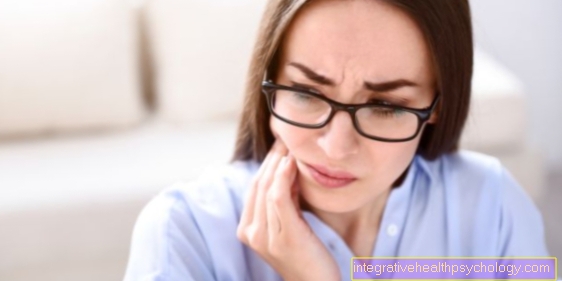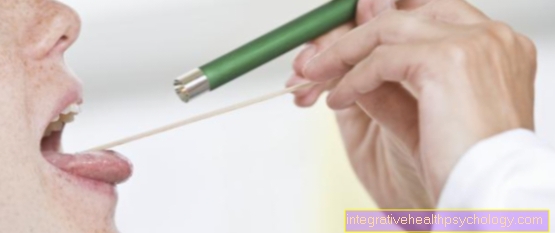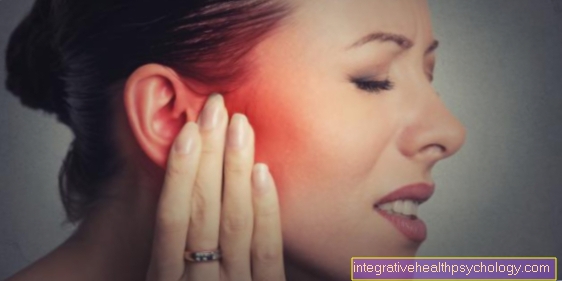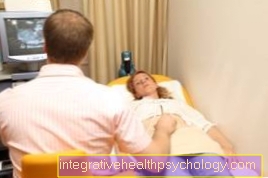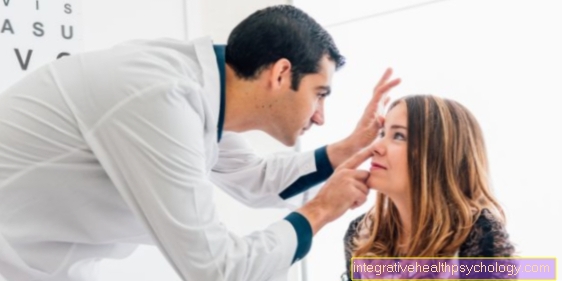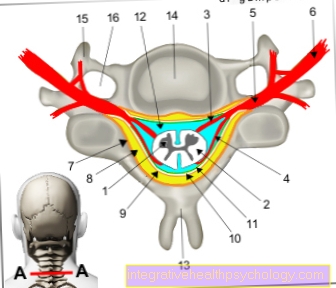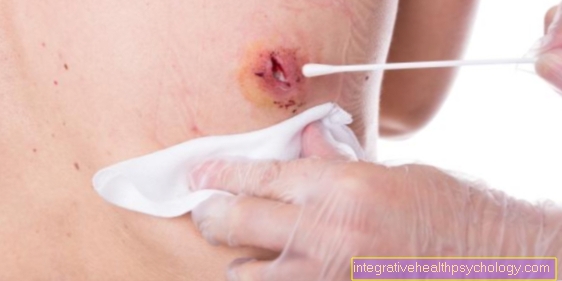Endometriosis
Synonyms in a broader sense
Internal and external endometriosis, adenomyosis uteri
English: endometriosis
definition
Endometriosis is the irregular appearance of the lining of the uterus (Endometrium) outside the uterine cavity (See also Anatomy uterus).
Frequency distribution
It is estimated that around every 10th woman of childbearing age (between puberty and Menopause) from Endometriosis is affected. The disease is particularly common among women between the ages of 25 and 38 and those who have infertility cause in question.
Cause of endometriosis
A definitely researched cause has not yet been found; however there are some Theories for the development of endometriosis:
- For example, one suspects that the mucous membrane of the affected region has been transformed by repeated stimulus and inflammatory reactions in such a way that it is now in the structure and function of the Uterine lining equals.
- Another theory assumes that during menstrual bleeding (see also Menstrual period) expelled uterine lining instead of towards the vagina (vaginally) now backwards through the Fallopian tubes reaches the abdominal cavity and attaches itself to the peritoneum here.
- The third theory states that, even under normal circumstances, the lining of the uterus often gets into the abdomen, but is successfully fought directly by the woman's healthy immune system. In endometriosis, this defense seems to be limited, so that the misdirected uterine lining is unhindered Peritoneum can fix.
Furthermore, a long menstrual period (that means an early onset of menstrual bleeding with a short cycle and long bleeding phase and a late onset of menopause) could be identified as a risk factor.
Occurrence and occurrence
Depending on where the misdirected Uterine lining implants, there are three types of endometriosis:
- Internal endometriosis the genital organs (Adenomyosis uteri)
In this form of endometriosis, the lining of the uterus penetrates the muscle layer (myometrium) of the uterus that lies immediately below it. - External endometriosis the genital organs
Here, the scattered uterine lining is distributed outside the uterus itself in the organs of the small pelvis. These include, among other things Ovaries, Fallopian tubes, the peritoneum coating of the bladder and the rest of the peritoneum. Even the ligaments between Sacrum (Os sacrum) and uterus can be affected. - Endometriosis outside the genital organs
This is the name given to endometriosis when the dispersed uterine lining leaves the small pelvis and attaches itself, for example Intestines, bladder, Ureters and the lung pinning. Even skin and brain can be infested.
Symptoms
The uterine lining cells that are dispersed in the body follow the same cyclical changes as the lining of the uterus. They are influenced by the same hormonal fluctuations and react like the ordinary female cycle. In this context, the mucous membrane in the area of the endometriosis foci is built up due to hormones in order to be aware of the possibility of a fertilized implant Egg cell prepare. If a fertilized egg does not implant, the hormone level changes again and the layers of the mucous membrane are rejected. Because of this connection, the typical symptoms of endometriosis appear especially during Menstrual period. However, since the removal of the scattered uterine lining is only possible to a limited extent, subsequent symptoms can develop. For this reason, affected patients develop in many cases Endometriosis cysts to the Ovaries. Both the occurrence and the intensity of the symptoms in the presence of endometriosis, however, vary considerably from woman to woman. It is generally believed that around 20 to 30 percent of women affected remain completely asymptomatic. In case it got through the scattered Uterine lining cells If symptoms arise, these, too, are often very variable. The most common symptoms of endometriosis include:
- Strength Menstrual cramps
- chronic or recurrent Lower abdominal pain
- Painful intercourse
- Pain when urinating or during bowel movements
- Cycle dependent Back pain
- Bleeding disorders, irregular bleeding, spotting
- Fertility disorders, infertility
In most cases, the affected patients do not suffer from the typical symptoms over the long term. Rather, the discomfort occurs cycle-dependent on or are subject to enormous fluctuations during the cycle. In general, the symptoms are particularly pronounced in the days before and during the menstrual period and decrease in intensity after the bleeding has subsided. However, over the years it can be due to the emergence of Tissue scars, Adhesions and / or inflammatory processes become permanent Persistence Symptoms are coming.
diagnosis

In some cases, the diagnosis can be made by describing the typical, cycle-dependent complaints be asked.
In the routine gynecological examination the suspicion of endometriosis can then possibly be confirmed. Such is the infestation of the vagina and the Cervix The doctor can also see it directly and tenderness to pressure at special points during the examination. Also one Ultrasound examination through the Scabbard can sometimes provide an initial finding.
A reliable diagnosis can often only be made by Laparoscopy respectively. A viewing device (endoscope) is inserted through the navel, with which the organs of the small pelvis, i.e. the uterus, fallopian tubes and ovaries, can be viewed. Sometimes there is also one Bladder or Colonoscopy necessary if these organs are feared and they could be injured during a laparoscopy.
treatment
The causes for the development of endometriosis have not yet been clearly clarified. It is assumed that endometriosis is a multifunctional disease, the development of which is triggered by the interaction of various factors. For this reason, the treatment of many of the affected patients turns out to be extremely difficult. A direct removal of the causes cannot yet be guaranteed. In everyday clinical practice, the treatment of endometriosis focuses primarily on the Reduction of the complaints and the Increase in wellbeing of the women affected. For this reason, symptom-free forms of endometriosis do not require therapy in most cases. In general, a distinction is made between two categories in the treatment of this gynecological disease medicinal and the surgical Treatment. In addition, the so-called "Fertility treatment" and the psychosomatic Care of the affected patients are important pillars in the therapy of endometriosis. In most cases, the treating gynecologist does not choose between drug and surgical treatment. In everyday clinical practice, the combination of both methods has proven to be the most useful.
1. Surgical treatment
Resolves the presence of endometriosis Fertility restrictions surgical treatment should be considered. The administration of specific drugs alone does not make much sense with this basic problem. Surgical treatment of endometriosis is usually performed laparoscopically (Laparoscopy). The advantages of this minimally invasive treatment method are the significantly less noticeable scars and adhesions, the much shorter hospital stay and faster recovery. The disadvantage of the laparoscopic treatment of endometriosis is the comparatively long duration of the operation. Alternatively, an open surgical method can also be considered. Basically, both forms of treatment pursue the same goals:
- Removal of the scattered uterine lining cells
- Restoration of normal anatomical relationships
- Preservation of the affected organs
- Histological Saving the diagnosis
The scattered uterine lining cells are removed during the surgical procedure with the help of a conductor, a laser or a scalpel. In many cases, parts of the Ovary or the Fallopian tubes removed. The success of the surgical treatment of endometriosis can be further improved by taking hormones for six months. For patients whose family planning has already been completed, the complete removal of the uterus (hysterectomy) represent the most effective therapy strategy.
2. Drug treatment
The branch of drug treatment includes taking various hormone preparations in the presence of endometriosis. In most cases it will be Progestins and / or so-called GnRH-Analogues used. In the conservative strategy, the duration of treatment is three to six (maximum twelve) months. The basic principle of hormonal treatment for endometriosis is to reduce the body's own hormone production. In this context, the reduction in estrogen-Production (relative estrogen deprivation) play a crucial role. After just a few months, in many cases regression of the endometriosis lesions and the associated relief of symptoms can be demonstrated. However, this treatment method is not suitable for young women who wish to have children.
The most commonly used hormone preparations are:
- Progestins (Corpus luteum hormones)
- Oral Contraceptives/ "Pill" (especially monophasic combination preparations)
- GnRH-Analogues (Menopauseshormone)
In addition, pain therapy is an important branch in the drug treatment of endometriosis. The symptoms in the abdomen are in most cases very pronounced. For this reason, the affected patients often have to use higher doses Painkiller can be used. Young women in particular who develop endometriosis often suffer from tension, exhaustion and depressive moods due to the chronic pain. In addition, the fear of further pain and / or reduced fertility is a serious problem in endometriosis patients. For this reason, the level of suffering felt by women can be extremely high. Psychosomatic treatment should therefore not be neglected in the case of a complex medical history.
3. Fertility treatment
Since the presence of scattered uterine lining cells can have a strong influence on fertility, the desire to have children often becomes a problem, especially for young patients. Endometriosis can cause the Fallopian tubes close or the sperm transport in the uterus affect. For this reason, a specific fertility treatment should be considered, especially for young patients who wish to have children.
forecast
Even after surgical and drug therapy, symptoms can return at any time, as long as hormonal stimulation of the affected areas is present. However, leaves the hormonal stimulation through menopause or an operative one Removal of the ovaries after, a massive decrease in symptoms can be expected.
The implementation of the so-called Mediterranean diet discussed, in which the consumption of plenty of fruit, vegetables and unsaturated fats in the form of sea fish and olive oil is propagated.
nutrition
The treatment of endometriosis is very difficult in many cases. It is now assumed, however, that the right diet can have a decisive influence on the course of the disease and the symptoms felt by the affected patients. According to extensive studies, a diet based mainly on wheat and sugar is counterproductive for the course of the disease. In about 80 percent of the test persons it was observed that the No wheat and sugar contributes to a noticeable reduction in pain. In many of the women affected, the symptoms even disappeared completely.
These results enable targeted changes in diet for endometriosis patients. At breakfast, ordinary bread can be replaced with buckwheat, rye or oat bread. Even this slight change in diet can significantly improve the well-being of an endometriosis patient. Ideally, fruit should be consumed primarily during breakfast. In addition, the abdominal pain caused by the scattered uterine lining cells can be reduced by reducing the sugar intake and the Refrain from alcohol and coffee be alleviated in the long term. Sugary drinks in particular play a crucial role in changing the diet of endometriosis patients. If these simple basic rules regarding nutrition are followed, the pain symptoms will usually improve continuously after just a few weeks. After a few months, the symptoms even disappear completely in the majority of the women affected. According to these new findings, the success of treatment for this clinical picture can be increased many times over by targeted changes in diet.
Furthermore, it should be noted in this context that a poor diet and associated obesity as general risk factor applies to the development of endometriosis. Above all, belly fat caused by little exercise and a particularly unhealthy diet is said to increase the risk of developing endometriosis many times over. The reason for this is the fact that a large number of female sex hormones are synthesized in adipose tissue, among other things. Through years of unhealthy diet and little exercise, the body accumulates more fat and consequently increases it hormoneproduction. Under certain circumstances, this can provoke the disintegration of uterine lining cells and lead to distinct pain symptoms.
league
The European Endometriosis League is an association that serves the exchange of information and scientific research into the clinical picture of endometriosis. The European Endometriosis League offers special information events for affected patients and healthcare professionals at regular intervals. Specialist information can be obtained via the Internet portal of the European Endometriosis League and questions can be put directly to the expert council. On the basis of this portal (European Endometriosis League), dealing with this comparatively little researched gynecological disease should be simplified.In addition, the website of the European Endometriosis League offers the possibility of finding suitable specialists in order to initiate the best possible treatment process for the respective patient. Affected women can also come into contact with one another in the forum of the European Endometriosis League.




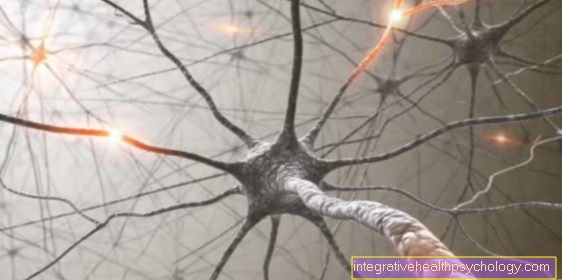

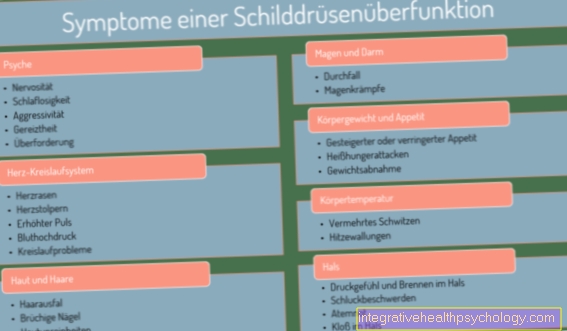


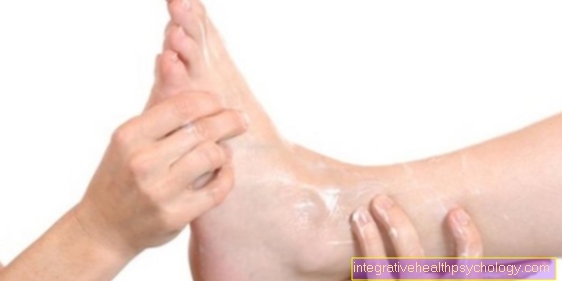

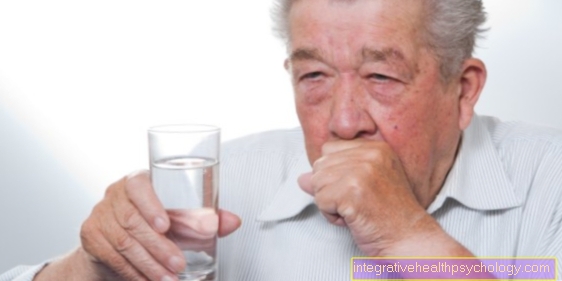

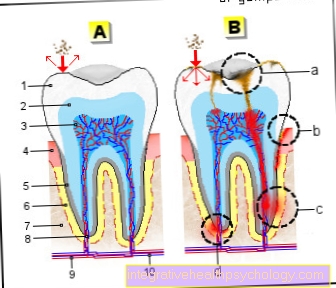
.jpg)
